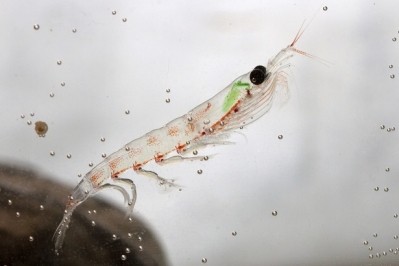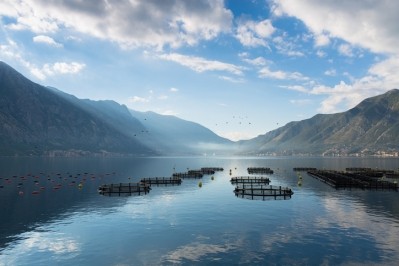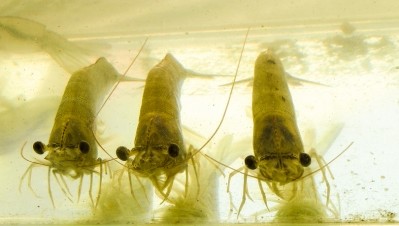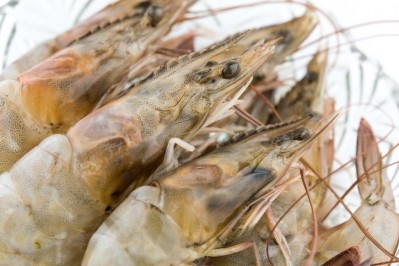Dispatches from One: The Alltech Idea's Conference
Investment in feed, genetics research has role in advancing shrimp production
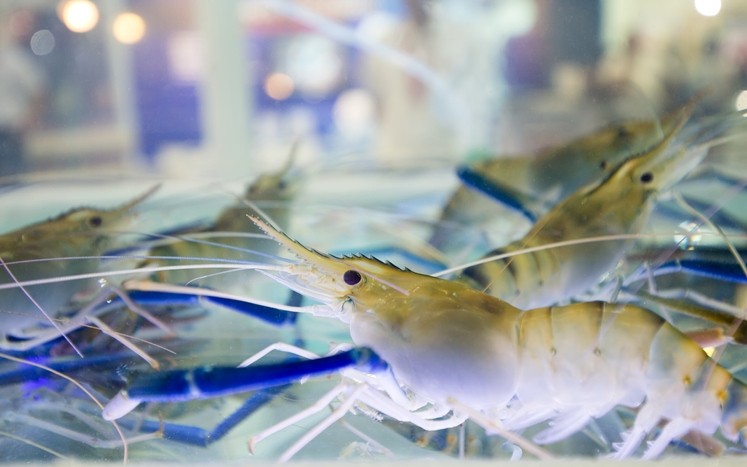
We spoke to Jonathan Wilson, Alltech president for greater China to hear more about work being done to progress shrimp production and ongoing challenges faced by producers.
He presented on that topic at One: the Alltech Idea’s Conference, which took place in Lexington, Kentucky in May.
The shrimp business is a volatile one. However, the industry also has already made progress and expanded the accessibility of its final product, said Wilson.
“When I was young shrimp was a seasonal item, and if you lived near the coast, you had access. If you lived inland it was a luxury product,” he said. “With aquaculture, you now have a premium product available all year.”
However, the expansion has also come with production problems like disease, and addressing that aspect remains one of the primary challenges facing shrimp producers, he said. “The other challenges are nutrition, transitional nutrition, genetics and farming methods."
Room for nutritional development
Nutrition and shrimp feed development remain an area for innovation as the sector progresses, said Wilson.
There needs to be more work done to create transitional feeds or feeds for different points in the shrimp life-cycle, he said. “We’re looking at transitional feeds for different risk stages of mortality,” he added.
“If you look at swine, for example, there’s nutrition for every stage – for lactation feed, creep feed, weanling pigs, grower pigs, finisher pigs – and the nutritional requirements are different at every stage,” he said. “In shrimp, we say, 'OK they are at [post-larvae] 12 days … they’re big enough to see. so we’ll throw in some 1mm feed and 2mm feed'.”
Early stage feeds could include components that provide an immune boosting or growth promotion effect, Wilson said. Feeds for older shrimp could have lower protein levels in favor of supporting gut health, for instance, he added.
“The holy grail would be a 100% plant-based shrimp diet,” he said. “That would be the holy grail because it’s sustainable [and] you don’t mine the oceans to refeed fish to fish.”
However, soy has an inflammatory effect on the gut of a shrimp, he said. Moving to a plant-based diet is a goal, but there remains the question of whether soy is the best plant to focus on when designing those diets.
Additionally, when considering improvements that could be made to shrimp feed and nutrition, approaches relying on nutrigenomics or designing feed to activate specific metabolic pathways is of great interest, Wilson said. “We can look at gene expression via feed in many species including shrimp and that’s really exciting on the feed technology side,” he added.
Developing a way to limit overfeeding of shrimp also is important, he said.
Other industry challenges
Feed is not the only area that presents an opportunity for research and development, said Wilson.
The type of production facilities used also could be an area to review, he said. Moving away from earthen ponds to land-based or recirculating systems may be an option to explore.
“Vietnam is rather low density with high land use in ponds; if you look at Latin America, which I think has an interesting model, they’re at a semi-high-density system - a different model - and they’re extremely efficient at what they do.”
A focus on improving shrimp genetics could also help move the larger industry forward, he said.
Marketing
“One way to advance the industry is to create a marketing association or a group that gets together and takes on these big-picture things,” he said. “In shrimp, we don’t have that – salmon has that, and I think that kicked it up a notch.”
Another factor would be who might step up to lead such an effort, Wilson said. “Who is going to be the Norway of shrimp? I don’t know,” he added.
However, several of the shrimp-producing countries, like Indonesia and Vietnam, are interested in or have made strides in developing a “high-quality, traceable shrimp industry,” he said.
